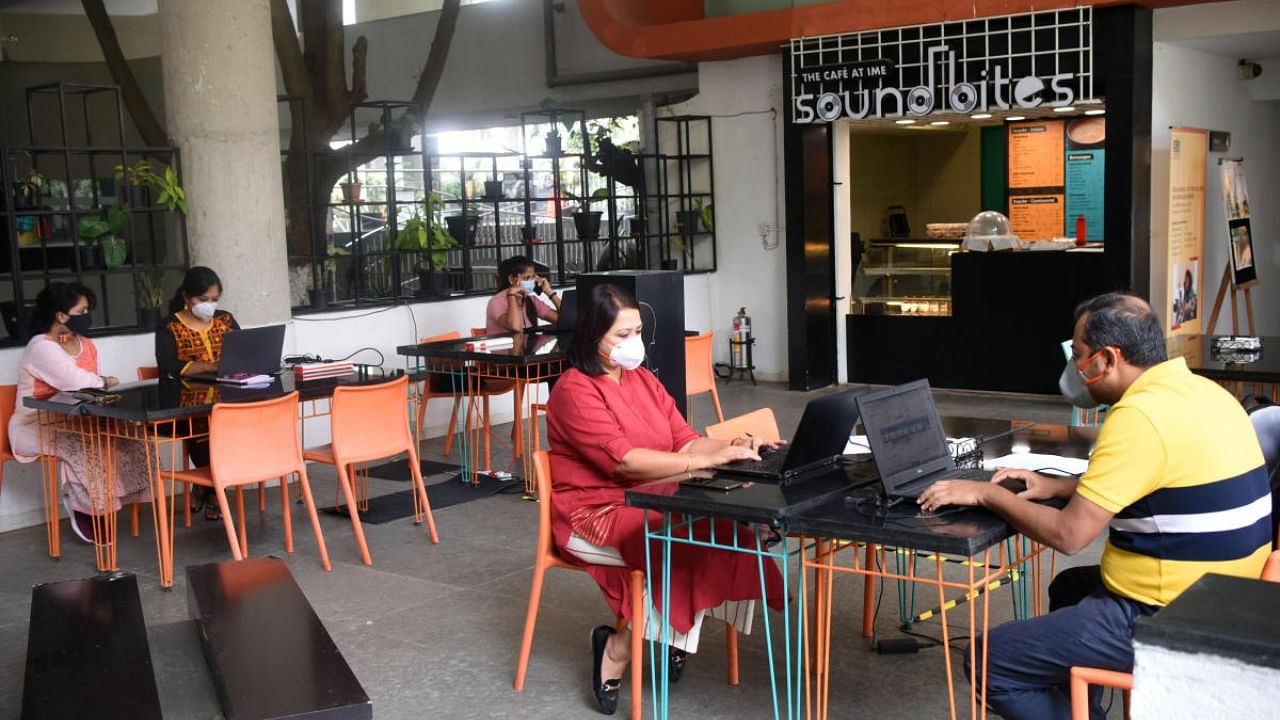
Covid had hit the city hard, but slowly and surely, it is limping back to life. Everywhere, young people from various parts of the country are taking trains, buses and planes to enter the work market of Bengaluru. One of the fastest growing cities in the country, Bengaluru is reasonably cosmopolitan, and accepting of young and new people. Many of these young people, with disposable incomes and away from rigid and hierarchical family structures are excited to explore the joys of the city. Unlike the usual family picnic and garden strolls, the young working class entrants demand to be entertained. And the city is delivering. The city has at least 15 amusement parks, more than 30 malls, entertainment arcades and numerous pubs and bars. The latest entrant to the market is Ikea, located 17 km away from the city centre in Nagasandra, and quickly changing the nature of the neighbourhood it is located in.
Interestingly, a lot of these newer forms of entertainment are strongly related to urbanisation. The original amusement parks in early 20th century in America came up as cities expanded with new residents; and young people of different economic classes, genders, ethnicities and races ended up living and playing in close proximity.
A new era of industrial capitalism created an urban working class able to spend time and money on leisure. To draw passengers, trolley companies in cities opened electrified parks at the ends of their rail lines. In cities, often still lit largely by dim gaslight, these trolley parks lured crowds with towers of incandescent lights and rides that could hurl thrill-seekers around.
Similar to the earlier American amusement parks, the parks, malls and arcades of Bengaluru have quickly become hot spots for “going out”, a type of public courtship frowned upon by traditional middle classes, who prefer courtship to take place under the watchful eyes of parents. Dance halls and dark movie theatres offer opportunities for total privacy, a luxury often unavailable to many younger, working-class people. While catering to the younger, entertainment-demanding population of the city, the neighbourhood mall also provides milder, family-friendly sets of activities.
In America, Disney built a smart city schemes within special taxing districts, complete with pedestrian-first roads, garbage-sucking automatic vacuum systems, monorail and parking.
Many American cities, taking cues from the family-friendly theme park concept, ‘Disneyfied’ their urban districts, sanitising disreputable areas such as Times Square. Other cities rebranded waterfronts or business districts for tourism and family-friendly recreation, something we seem to be imitating in this country.
The Bengaluru neighbourhood is no longer about sun-shaded avenues, canopies of grand, old rain trees, sprawling bungalows, a gentility that welcomed migrants and a multiculturalism that accommodated a variety of cultures and beliefs. It is slowly but steadily being remade with commerce and leisure. Leisure is being defined by the attitudes of modern urban consumers; to maximise the value of experience with lower effort.
The Indiranagars and Koramangalas of the earlier gentler 2000’s have been overtaken by a brash, young and mobile social class that feels little connection with the place. Pubs and restaurants almost outnumber the residents, making these once quiet neigbourhoods unliveable on weekends. While the central business district along MG Road was the hub of leisure activities a decade ago, the activities moved to neighbourhoods in the South (Koramangala) and East (Whitefield) and more recently to the periphery such as Sarjapur and Bannerghatta Road. The physical infrastructure of these neighbourhoods can no longer sustain the unmanaged growth of the last decade. Nagasandra, now connected by the metro, will soon go the same way. Even older neigbourhoods like Chamrajpet, which are now overcrowded and have no real space for leisure, find their young making way to newer amusement parks, malls and arcades in the city.
As Bengaluru becomes a modern industrial and commercial centre, the ensuing urbanisation is leading to deteriorating living conditions, high neighbourhood density, and traffic congestion. Activities such as music, sport and commercial entertainment, cultural institutions, and leisure facilities are also more in demand.
In addition to improving basic infrastructure, policymakers and private investors need to pay more attention to the provision of public goods that are complementary to leisure activities such as museums, lakes, parks, open-air shopping centres, and other public spaces. They are needed to improve the living conditions of the urban populace and their physical and psychological welfare.
The historic city, pleasant public spaces, natural scenic beauty and architectural variety need to be maintained to emphasise the charm of the city. Leveraged public and private investments in leisure spaces and improvement of the city will spur demographic change and economic development. However, while rents, incomes, and educational attainment increase faster in urbane and beautiful neighbourhoods, it often comes at a cost: displacement of the local population. Maybe Nagasandara will escape that fate, but unlikely.
(The writer is a Bengaluru-based urban planner)